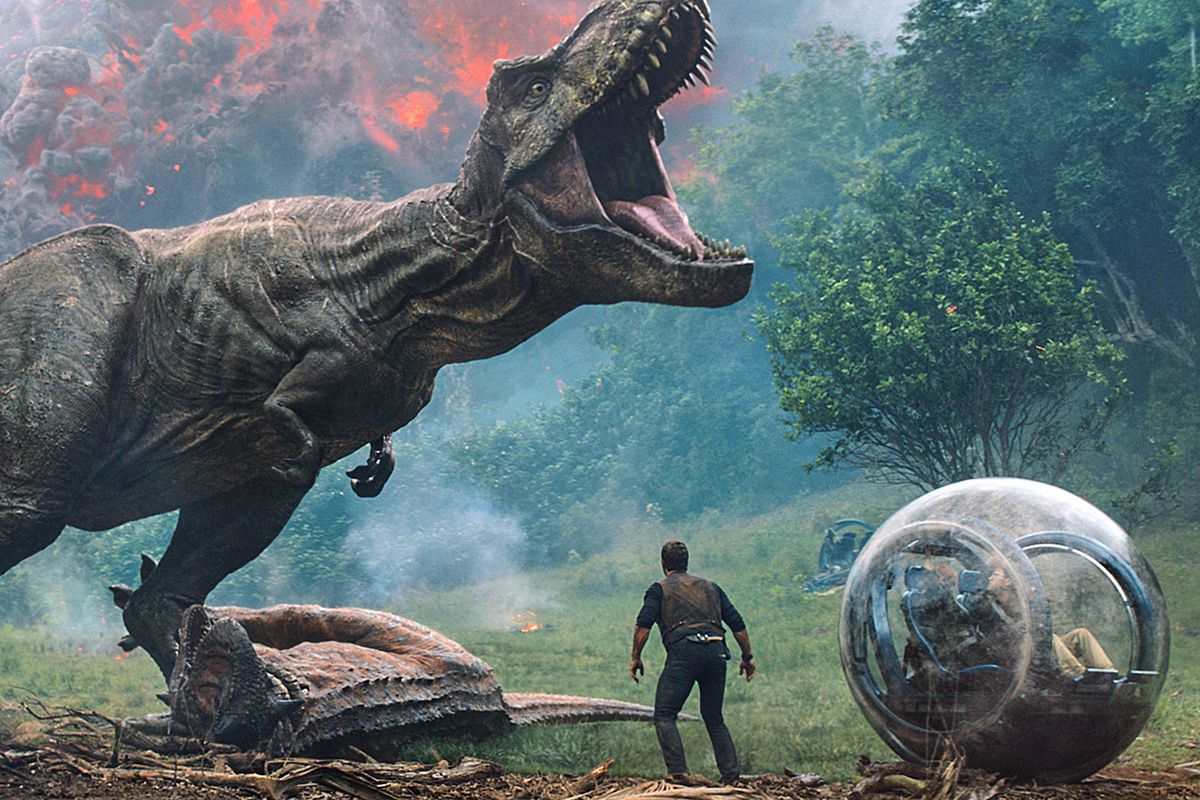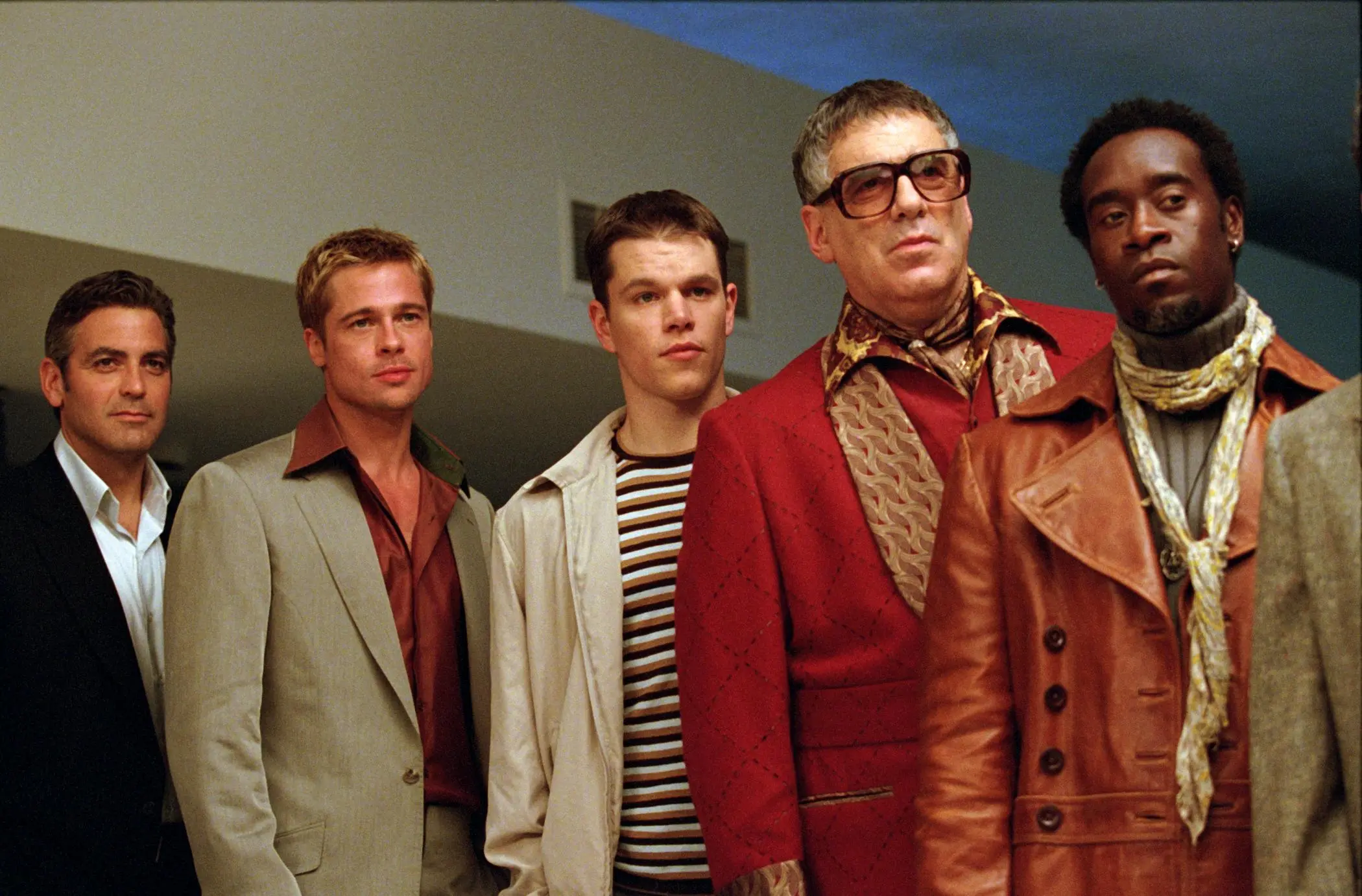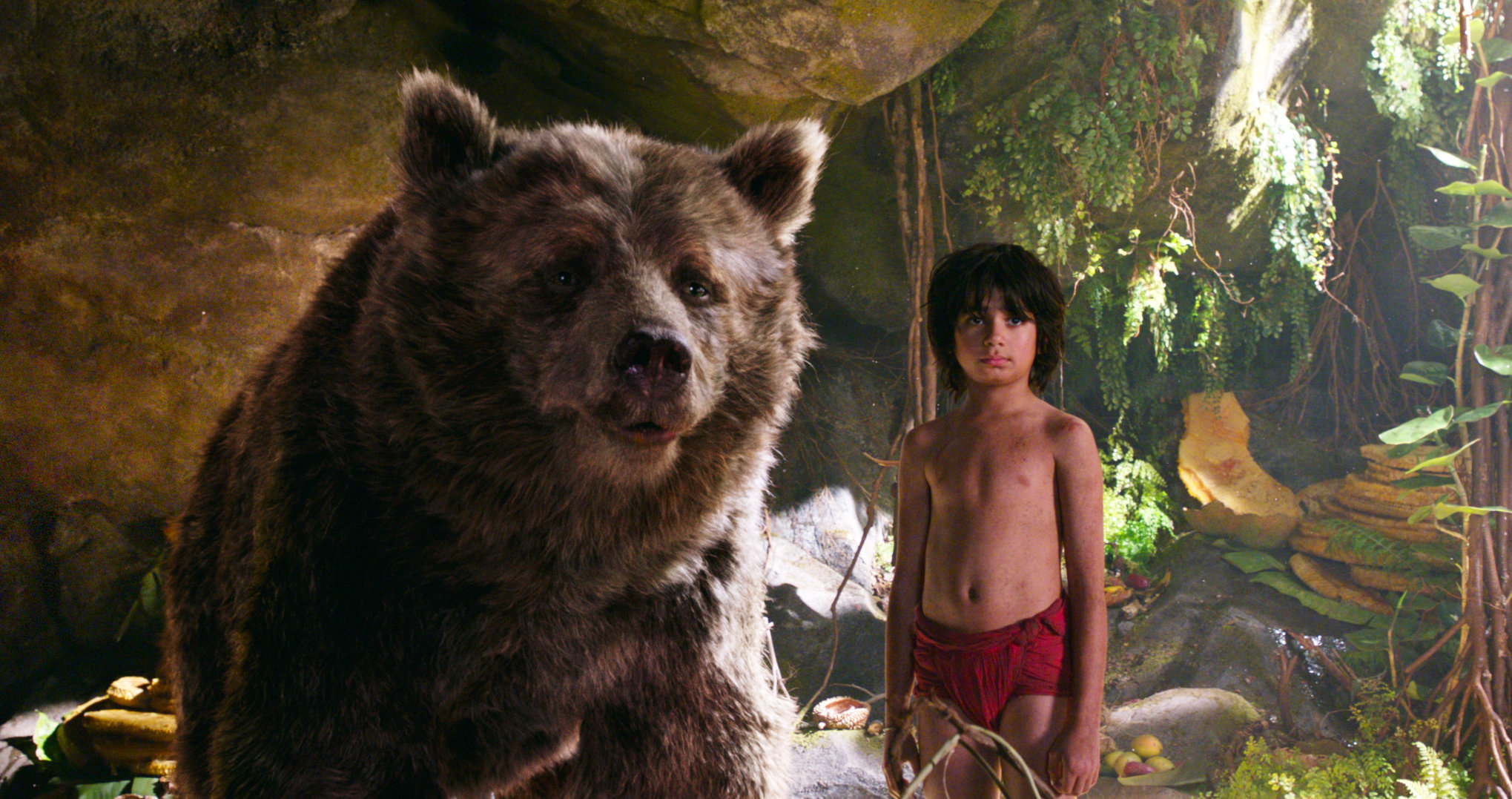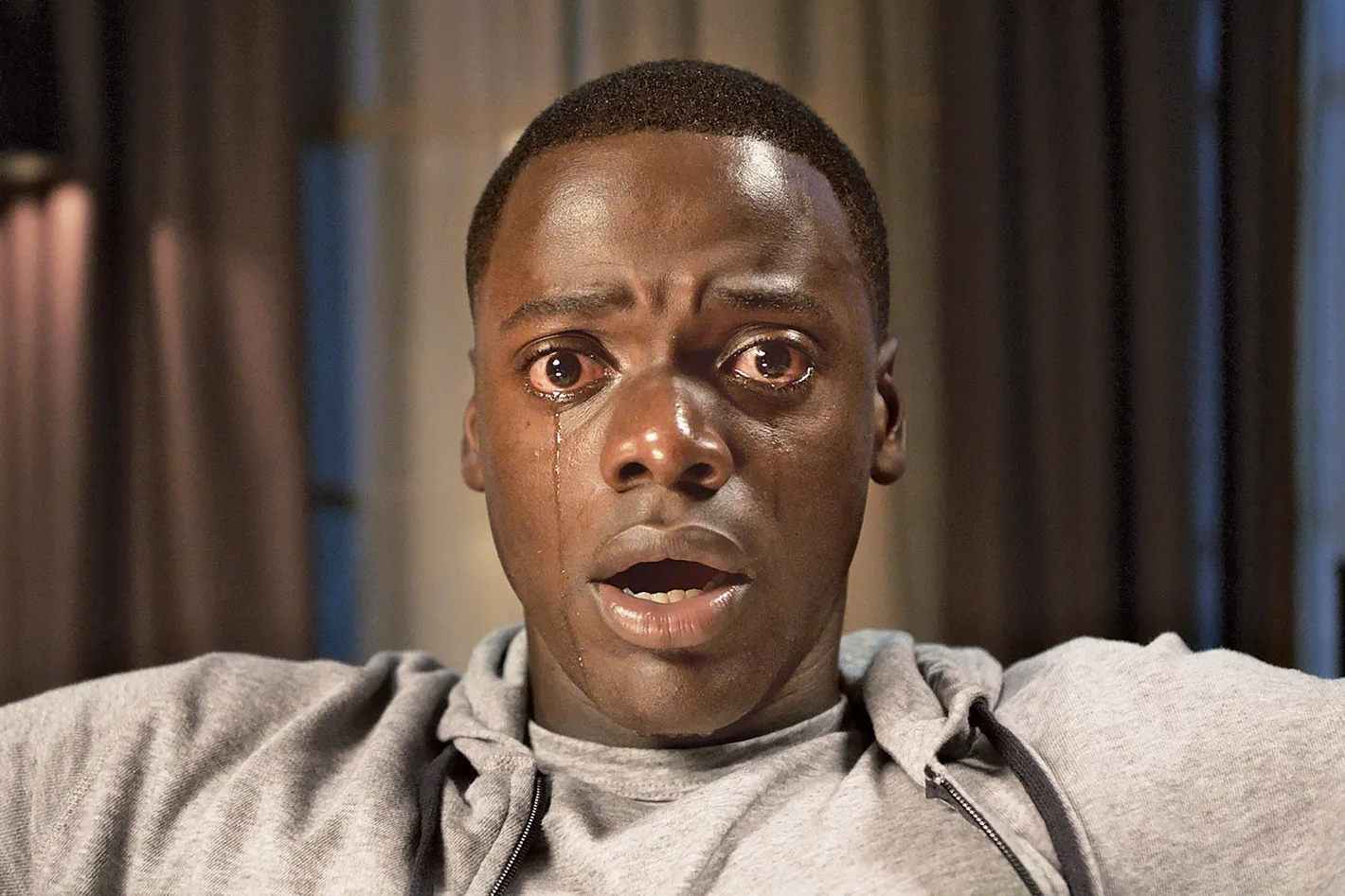Time to talk about it, okay? This undeniable trend has been sweeping through Hollywood in recent years – the resurgence of reboots, remakes, and reimaginations. While nostalgia certainly has its place in the film industry, the relentless flood of recycled content has sparked a heated debate: Are we running out of original ideas in Tinseltown?
The Nostalgia Boom
The allure of nostalgia is nothing new in the world of entertainment. For decades, Hollywood has tapped into the collective memory of its audience, bringing beloved characters and stories back to the silver screen. Yet, in recent years, the pace at which this phenomenon is unfolding has accelerated to an almost unprecedented level.
A Rapid Rise
The film industry’s obsession with reboots has led to a rapid rise in the number of recycled projects. Whether it’s revisiting classic franchises, reviving old TV shows, or giving a modern twist to familiar tales, Hollywood seems to be in a nostalgic frenzy. In 2022 alone, there were over 20 reboots and remakes released in theaters.
The Financial Incentive
One of the primary drivers of Hollywood’s love affair with reboots is the financial incentive. Familiar franchises come with built-in audiences, reducing the risk for studios. After all, it’s often easier to market a known property than to create buzz around something entirely new. The “Jurassic World” reboot, released in 2015, grossed over $1.6 billion worldwide, demonstrating the financial appeal of revisiting established franchises.

The Streaming Era
The rise of streaming platforms has only intensified the reboot trend. With endless content demands, platforms like Netflix, Disney+, and Amazon Prime are turning to familiar titles to keep subscribers engaged.
The Creative Conundrum
While the financial benefits of reboots are clear, they raise a significant question: Is the film industry’s obsession with recycling old ideas stifling creativity and originality?
A Lack of Risk-Taking
One of the unintended consequences of Hollywood’s reboot craze is a diminished appetite for risk. Studios, eager to protect their investments, often prefer to greenlight projects with a proven track record, leaving untested, original ideas on the sidelines.
The Creative Drought
The constant stream of reboots may inadvertently be sapping the creative energy from Hollywood. With so much focus on retelling established stories, are filmmakers missing out on the chance to innovate and offer fresh narratives?

A Desperate Bid for Attention
In a saturated media landscape, where entertainment competes with an array of digital content, studios may feel pressured to rely on established names and franchises to secure a piece of the audience’s attention.
Sequels vs. Originals
While sequels and reboots aren’t inherently bad, their disproportionate presence in Hollywood’s output might crowd out original stories. This overreliance on nostalgia might hinder the development of new cinematic classics.
Cultural Impact
Furthermore, the cultural impact of cinema can’t be understated. Films often serve as reflections of society and windows into different worlds. Relying solely on reboots risks homogenizing the industry and sidelining the voices and perspectives of new storytellers.
Finding the Balance
Amid the concerns about Hollywood’s reboot obsession, it’s essential to strike a balance. There’s no denying that there are instances where reboots have breathed new life into classic tales and successfully introduced them to a new generation. For example, the 2016 “Jungle Book” remake skillfully combined nostalgia with cutting-edge technology to reimagine a beloved classic for modern audiences.

The Role of Creativity and Originality
Originality remains the lifeblood of the film industry. While reboots may secure box office hits, it’s the groundbreaking, risk-taking, and novel narratives that define the essence of cinema.

A Glimpse of Hope
It’s not all doom and gloom in the world of cinema. Independent filmmakers, along with daring studios, are pushing the boundaries of storytelling. Their works continue to resonate with audiences and demonstrate that originality is very much alive and kicking.
- “Get Out,” directed by Jordan Peele, broke new ground in the horror genre with its social commentary, original plot, and memorable characters.
- Filmmakers known for their unique, visionary storytelling – such as Christopher Nolan, Denis Villeneuve, and Greta Gerwig – continually push the envelope. Their commitment to original concepts and their ability to secure studio support demonstrate that auteurs still have the power to captivate audiences.
- Works like “Moonlight” and “The Farewell” are prime examples of indie films breaking through and winning critical acclaim.
- Emerging technologies, such as interactive films and virtual reality experiences, are pushing the boundaries of how stories are told. Works like “Bandersnatch” from the “Black Mirror” series showcase the potential for immersive and interactive storytelling.

The Love/Hate Relationship With Reboots
In the grand tapestry of Hollywood’s love affair with reboots, one thing remains clear: original ideas, fueled by creativity and passion, are the life force of the film industry. While the allure of nostalgia will always have a place on the silver screen, and we will always be willing to curl up on the couch with wine and ice cream and a vibrating dildo from edenfantasys.com, watching the hand scene from “Pride and Prejudice” again and again, it’s the fresh narratives, the untested ideas, and the daring voices that keep cinema vibrant and relevant, and us – engaged and “horny” for new content.
Both the charm of revisiting old friends and the thrill of discovering new ones coexist, contributing to the magic of storytelling. With the right balance, Hollywood can continue to captivate, entertain, and, above all, surprise its audience, ensuring that the world of cinema remains an art form of limitless creativity and boundless imagination.







